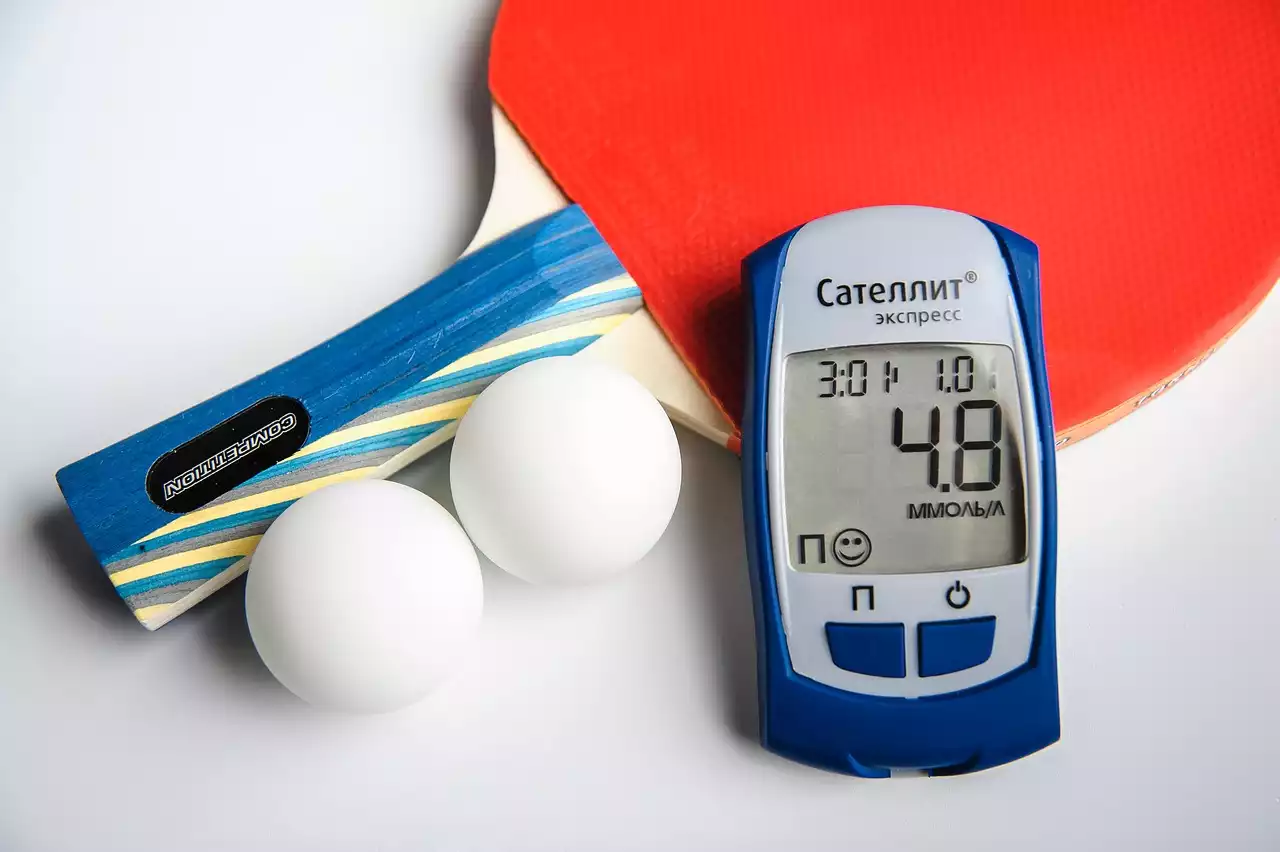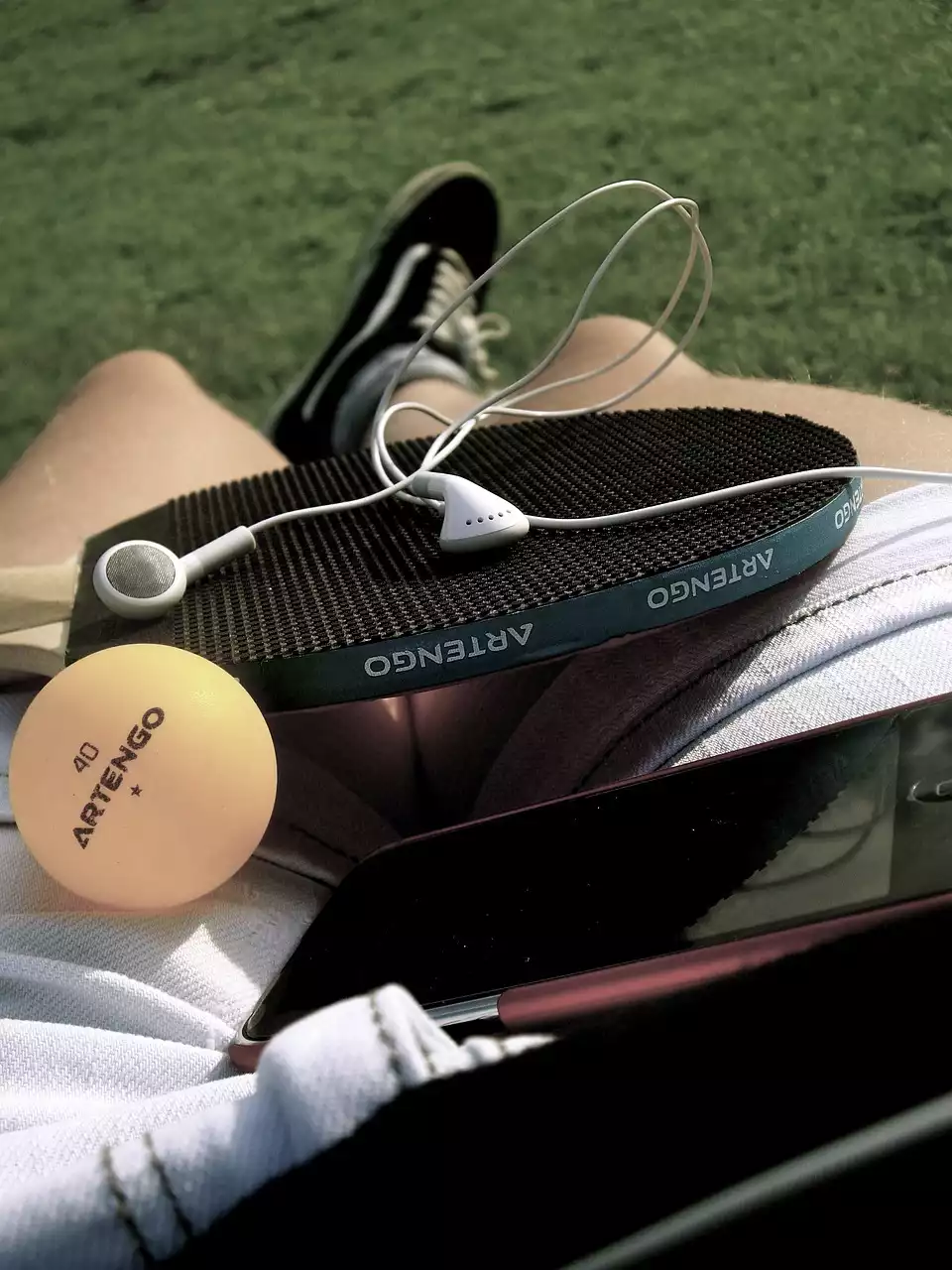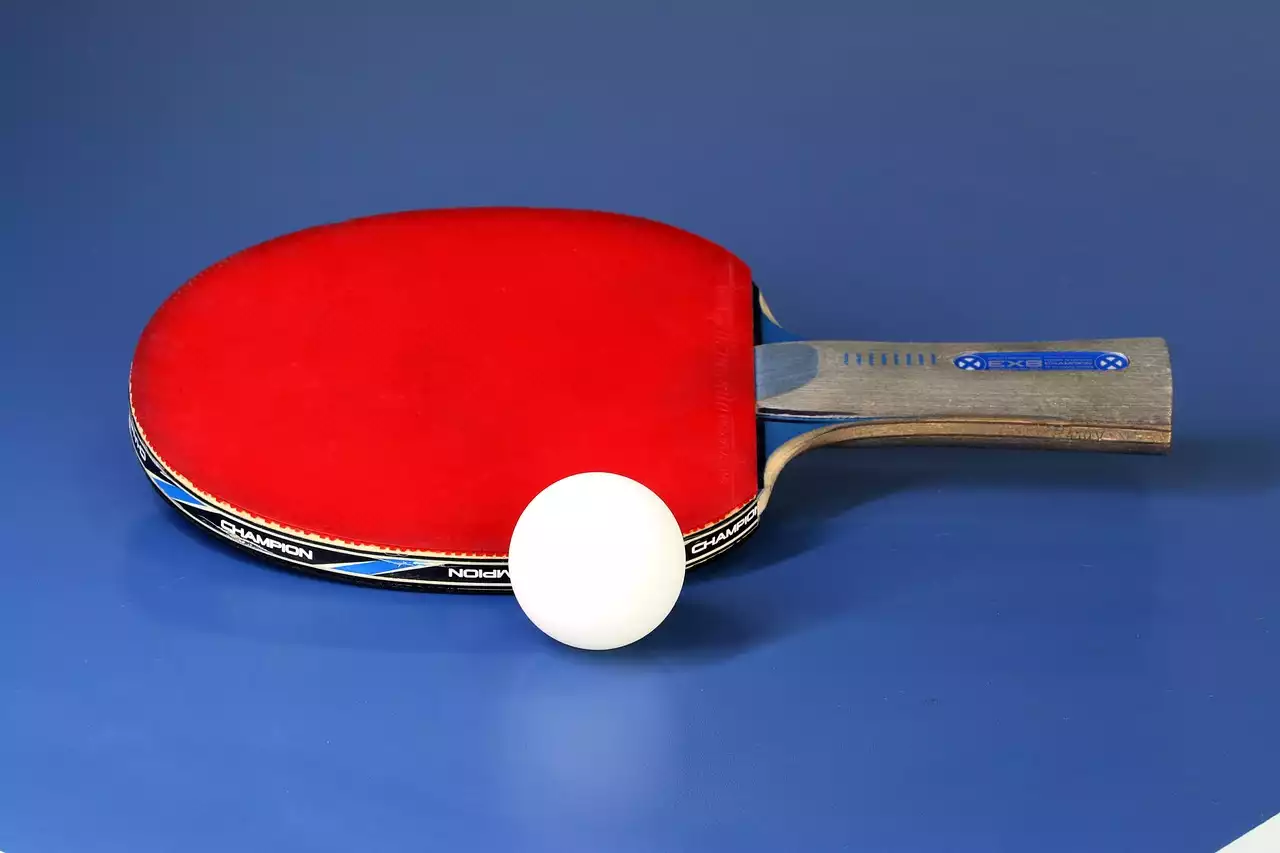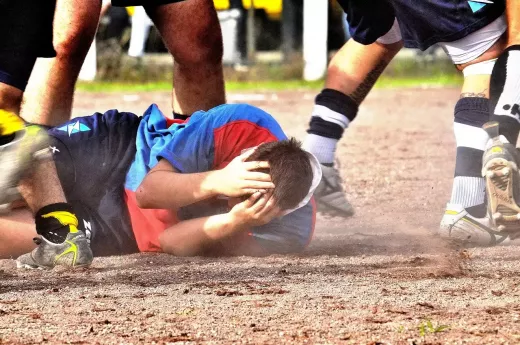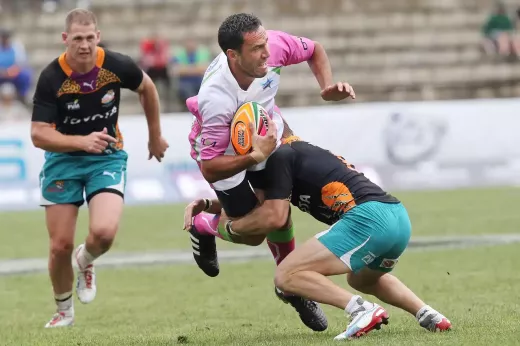The Importance of Skills in Table Tennis
Table tennis, also known as ping pong, is a fast-paced and highly competitive sport that requires a combination of physical and mental skills. While having a good technique and physical fitness is important, it is the mastery of specific skills that sets apart the top players from the rest. These skills not only enhance your ability to control the ball but also enable you to anticipate and react to your opponent's shots effectively. By focusing on developing these essential skills, you can elevate your game to new heights and dominate the table.
Skill 1: Hand-eye Coordination
Hand-eye coordination is the foundation of any table tennis player's skill set. It refers to the ability to synchronize your hand movements with the movement of the ball. This skill allows you to accurately judge the speed, spin, and trajectory of the ball, enabling you to make split-second decisions on how to return it. Developing strong hand-eye coordination involves regular practice and drills that improve your reflexes and reaction time.
One effective way to enhance hand-eye coordination is through shadow play. This involves mimicking the movement of the ball with your racket without actually hitting it. By focusing on tracking the imaginary ball and maintaining proper racket positioning, you can train your eyes and hands to work in sync. Another helpful exercise is using a ball machine that shoots balls at varying speeds and angles. This challenges your ability to anticipate and react quickly, improving your hand-eye coordination in real game situations.
Table Tennis Active Session 3 - Eye Hand Coordination with Harry White
Skill 2: Footwork and Agility
Table tennis is a game of constant movement, and having good footwork and agility is essential for success. The ability to quickly and efficiently move around the table allows you to reach the ball in time and maintain a balanced stance while executing shots. Proper footwork ensures that you are always in the optimal position to make accurate and powerful strokes.
To improve your footwork and agility, start by focusing on your stance. Maintain a slightly bent knees position with your weight distributed evenly on both feet. This allows for quick changes in direction and smooth transitions between different shots. Incorporate specific footwork drills into your training routine, such as practicing side-to-side movements, forward-backward movements, and diagonal steps. By developing quick and precise footwork, you will be able to cover the table effectively and position yourself for successful shots.
Skill 3: Ball Control and Spin
Mastering ball control and spin is crucial for table tennis players who want to dominate the game. The ability to control the ball allows you to dictate the pace and direction of the rally, while spin adds an additional layer of complexity to your shots. By understanding and utilizing different types of spin, you can deceive your opponent and force them into making mistakes.
To improve ball control, focus on practicing the basic strokes - forehand drive, backhand drive, forehand push, and backhand push. These strokes form the foundation of your game and provide the necessary control to return the ball with precision. Additionally, practice exercises that involve hitting the ball against a wall or a partner, gradually increasing the speed and spin. This will help you develop a better feel for the ball and improve your ability to control its trajectory.
Skill 4: Serve and Receive Techniques
Serving and receiving are two critical aspects of table tennis that can greatly affect the outcome of a match. A well-executed serve can put you in an advantageous position, while a strong receive can neutralize your opponent's serve. By mastering a variety of serve and receive techniques, you can gain a significant advantage over your opponents.
When it comes to serving, focus on developing a repertoire of different serves - short, long, with spin, without spin, and sidespin serves. Each serve has its own unique characteristics and can be used strategically to exploit your opponent's weaknesses. Similarly, practice receiving different types of serves to improve your ability to read and respond effectively.
5 tips to return the impossible table tennis serves
Skill 5: Strategy and Tactics
While technical skills are essential, table tennis is also a game of strategy and tactics. Developing a solid game plan and being able to adapt to different playing styles is crucial for success. Understanding your opponent's strengths and weaknesses and adjusting your game accordingly can give you a significant advantage.
Study different playing styles and strategies, such as offensive, defensive, or all-round. Experiment with different tactics during practice matches and observe how they affect the outcome of the game. Additionally, watch professional matches and analyze the strategies employed by top players. By incorporating strategic thinking into your game, you can outsmart your opponents and gain an upper hand.
Training Exercises to Improve Table Tennis Skills
To further improve your table tennis skills, incorporate specific training exercises into your practice routine. These exercises are designed to target different aspects of the game and enhance your overall performance. Some popular training exercises include:
1. Multiball training: This involves having a coach or partner feeding you multiple balls in rapid succession. It helps improve your hand-eye coordination, footwork, and ball control.
2. Match simulations: Play practice matches against players of different skill levels to simulate real game situations. This allows you to apply your skills and tactics under pressure.
3. Mental training: Table tennis requires intense mental focus and concentration. Practice meditation, visualization, and other mental exercises to improve your ability to stay calm and focused during matches.
Resources for Aspiring Table Tennis Players
As an aspiring table tennis player, it's important to have access to resources that can help you further improve your skills. Here are some valuable resources that you can utilize:
1. Online tutorials: There are numerous websites and YouTube channels dedicated to table tennis tutorials. These resources provide step-by-step instructions and tips on various techniques and strategies.
2. Table tennis clubs and coaches: Joining a local table tennis club or seeking guidance from a coach can greatly accelerate your progress. They can provide personalized training plans, correct your technique, and offer valuable feedback.
3. Table tennis equipment: Investing in high-quality equipment, such as paddles, balls, and tables, can significantly enhance your performance. Consult with experienced players or coaches to find the right equipment for your playing style.
